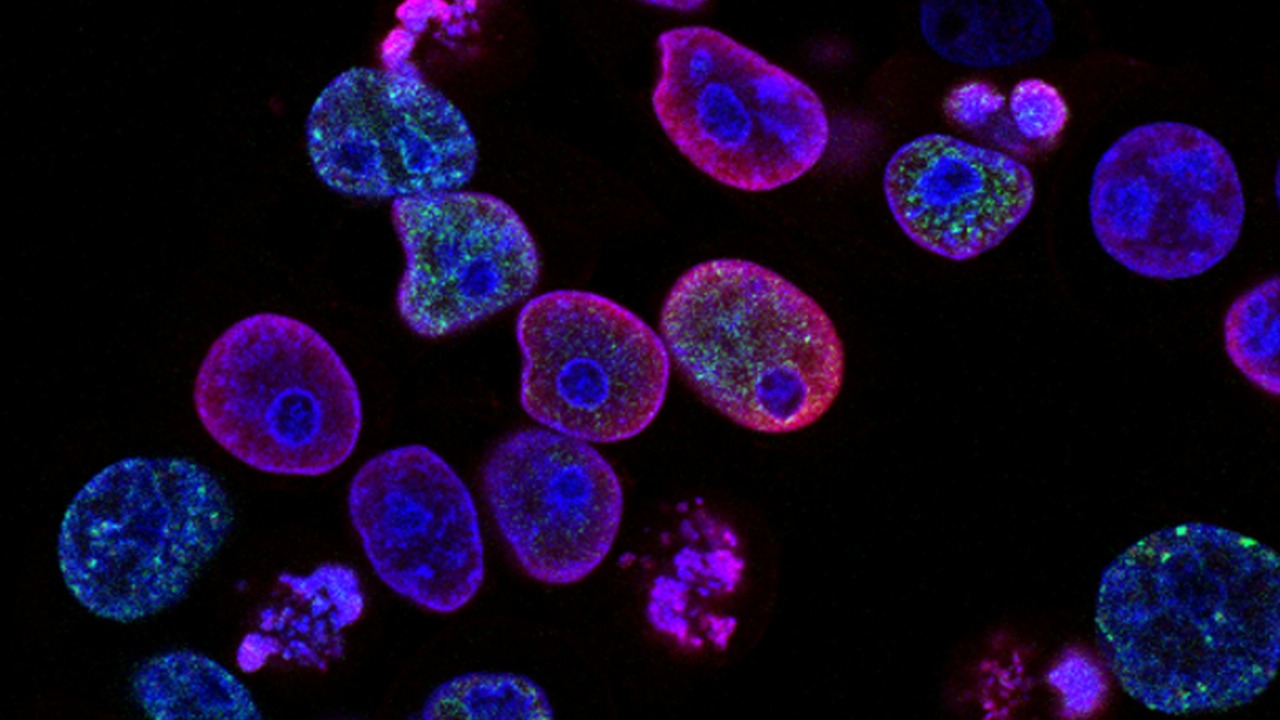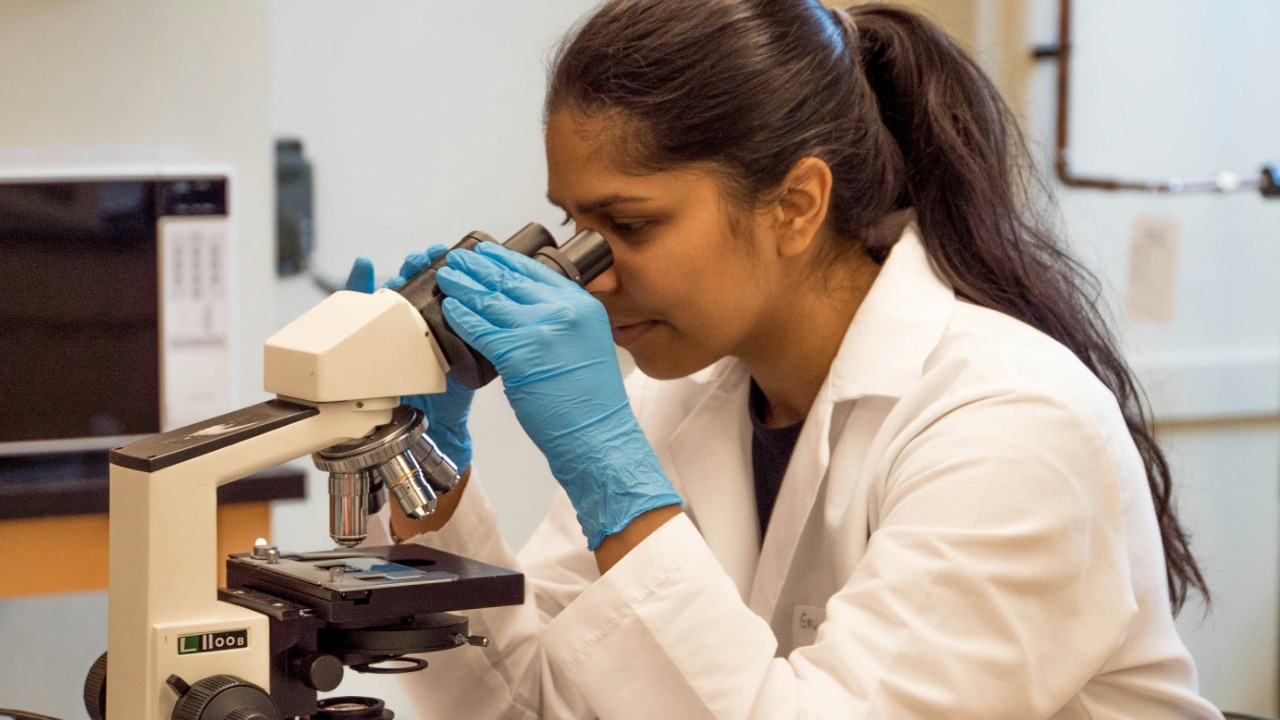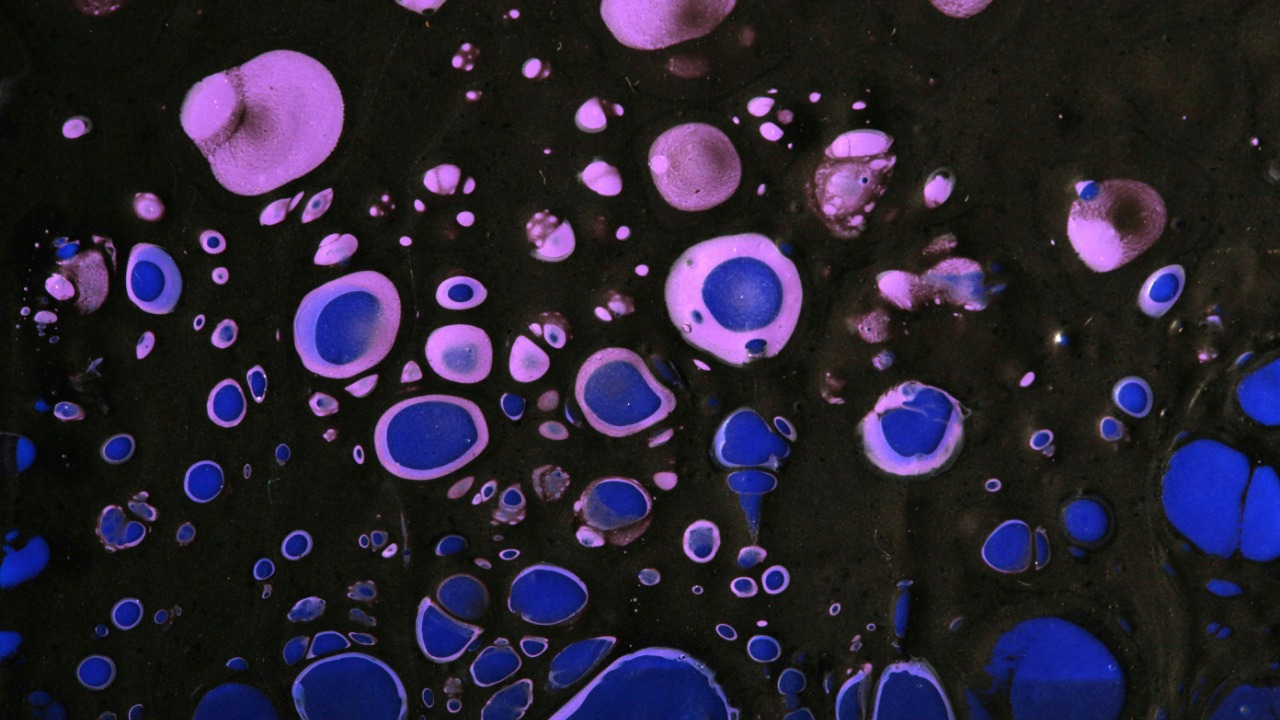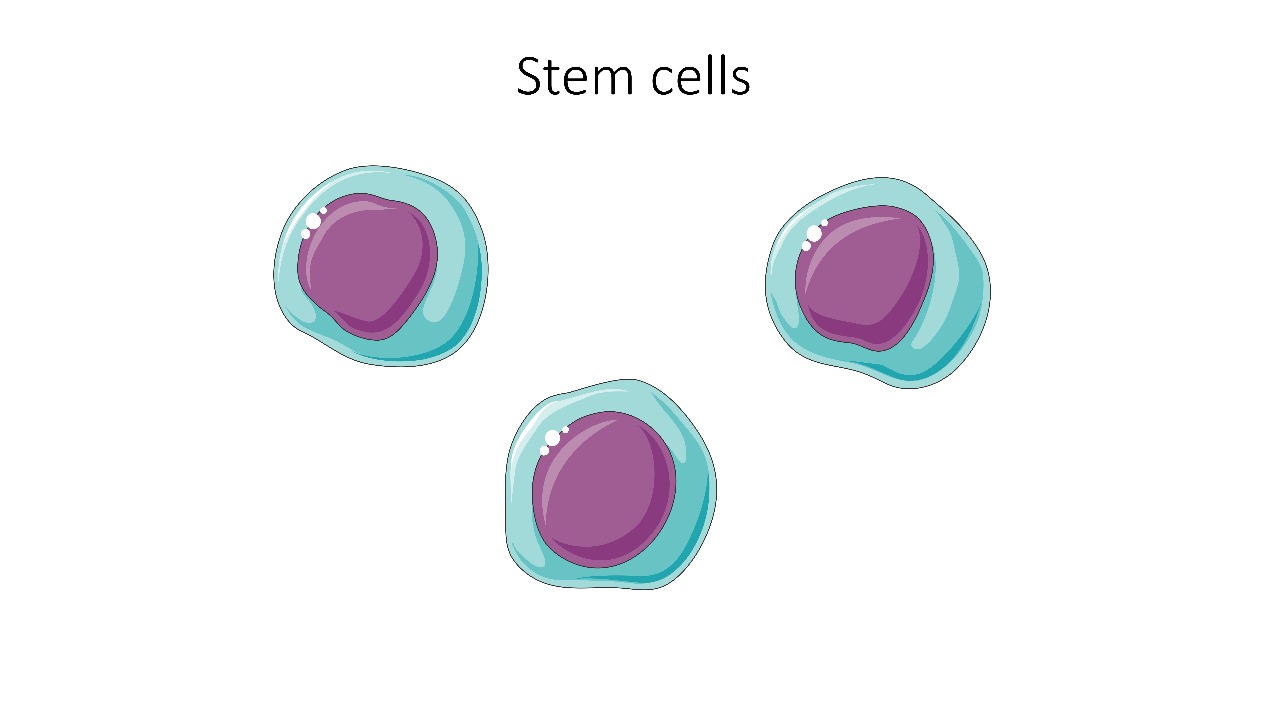
In a remarkable medical advancement, Chinese researchers have successfully reversed Type 1 diabetes in a female patient using her stem cells. This significant development could potentially revolutionize the treatment modalities for this chronic condition.
The Breakthrough Achievement

The successful experiment took place in China, where researchers used the patient’s stem cells to reverse her Type 1 diabetes. This groundbreaking achievement is not only a testament to the potential of stem cell therapy but also a beacon of hope for millions of people living with the condition worldwide. You can read more about the research on Type1Strong.
The process involved converting the patient’s fat cells into insulin-producing cells, a critical component missing in people with Type 1 diabetes. This innovative approach effectively replaced the function of the lost cells, restoring the body’s ability to regulate blood sugar levels. The significance of this medical breakthrough lies in its potential to offer a permanent cure for Type 1 diabetes, a major step forward from the existing treatment options.
Understanding Type 1 Diabetes

Type 1 diabetes is an autoimmune condition characterized by the body’s inability to produce insulin due to the destruction of insulin-producing cells in the pancreas. Current treatment methods primarily involve insulin injections or pumps, which only manage the symptoms but do not cure the disease. You can read more about Type 1 diabetes on PubMed Central.
The global prevalence of Type 1 diabetes is rising, affecting millions of people and posing significant health and economic burdens. Despite advances in managing the disease, the lack of a cure means that patients must live with the condition for life, constantly monitoring their blood sugar levels and adjusting their insulin doses.
The Science of Stem Cells

Stem cells are unique in that they have the potential to develop into many different types of cells in the body. This characteristic makes them invaluable in disease treatment and regeneration. You can learn more about the science of stem cells on Springer Link.
Previous applications of stem cell therapies have shown promising results in treating various conditions, including spinal cord injuries, heart disease, and Parkinson’s disease. The success of these treatments has paved the way for exploring the potential of stem cells in curing other diseases, such as Type 1 diabetes.
The Procedure: From Fat Cells to Insulin Producers

The process of converting fat cells into insulin-producing cells involves several stages. First, the fat cells are extracted from the patient. These cells are then exposed to a series of biochemical cues that reprogram them into insulin-producing cells. You can delve deeper into the process on Stem Cell Translational Medicine.
Once these newly formed cells are introduced back into the body, they start functioning like normal insulin-producing cells, regulating the blood sugar levels. However, as with any new medical procedure, there are safety considerations and potential risks that need to be evaluated and managed. Future clinical trials will be crucial in addressing these concerns.
Future Implications and Potential Challenges

This breakthrough has the potential to change the treatment landscape for Type 1 diabetes worldwide. However, several challenges remain in making this treatment widely available. These include the high cost of stem cell therapy, the technical expertise required to perform the procedure, and the need for rigorous ethical and regulatory oversight.
Moreover, further research and clinical trials are necessary to validate the efficacy and safety of this treatment in different patient demographics. As we continue our journey in the realm of regenerative medicine, the successful reversal of Type 1 diabetes using stem cells in China marks a significant milestone. Read more about the implications and challenges in this European Medical Journal review.